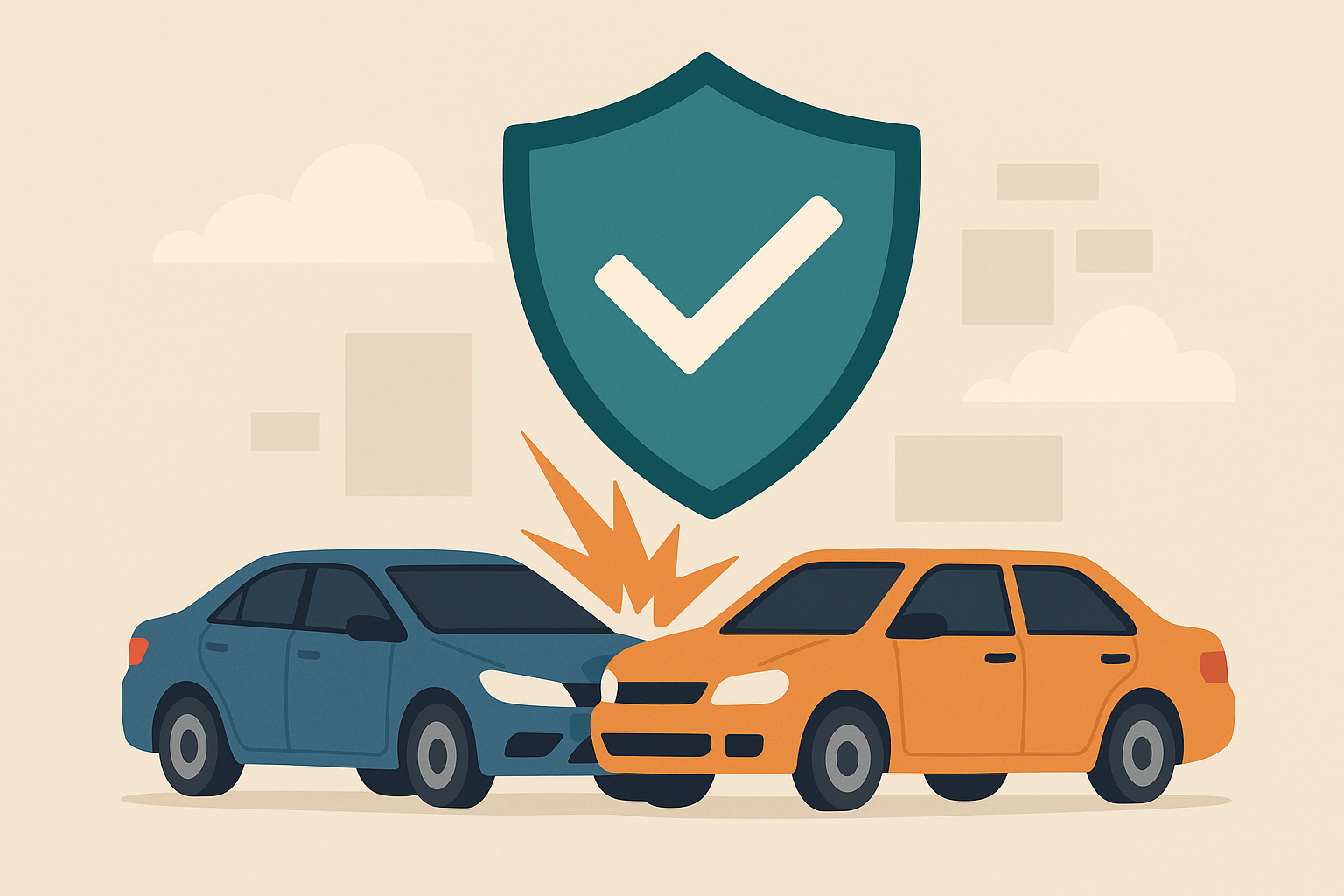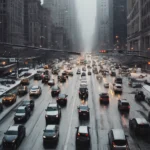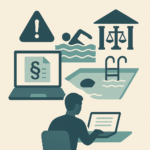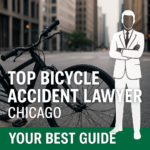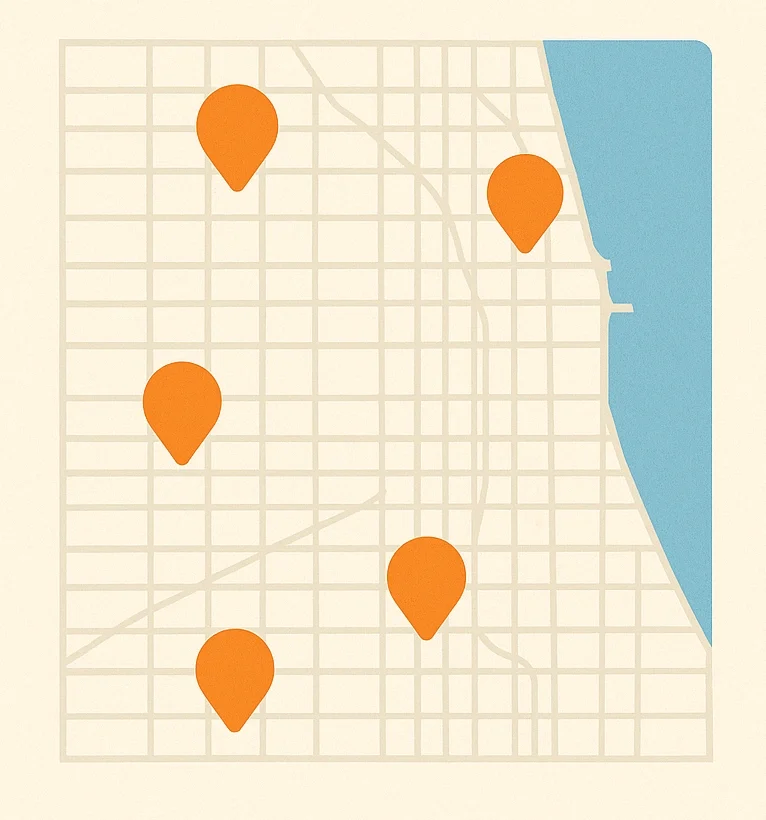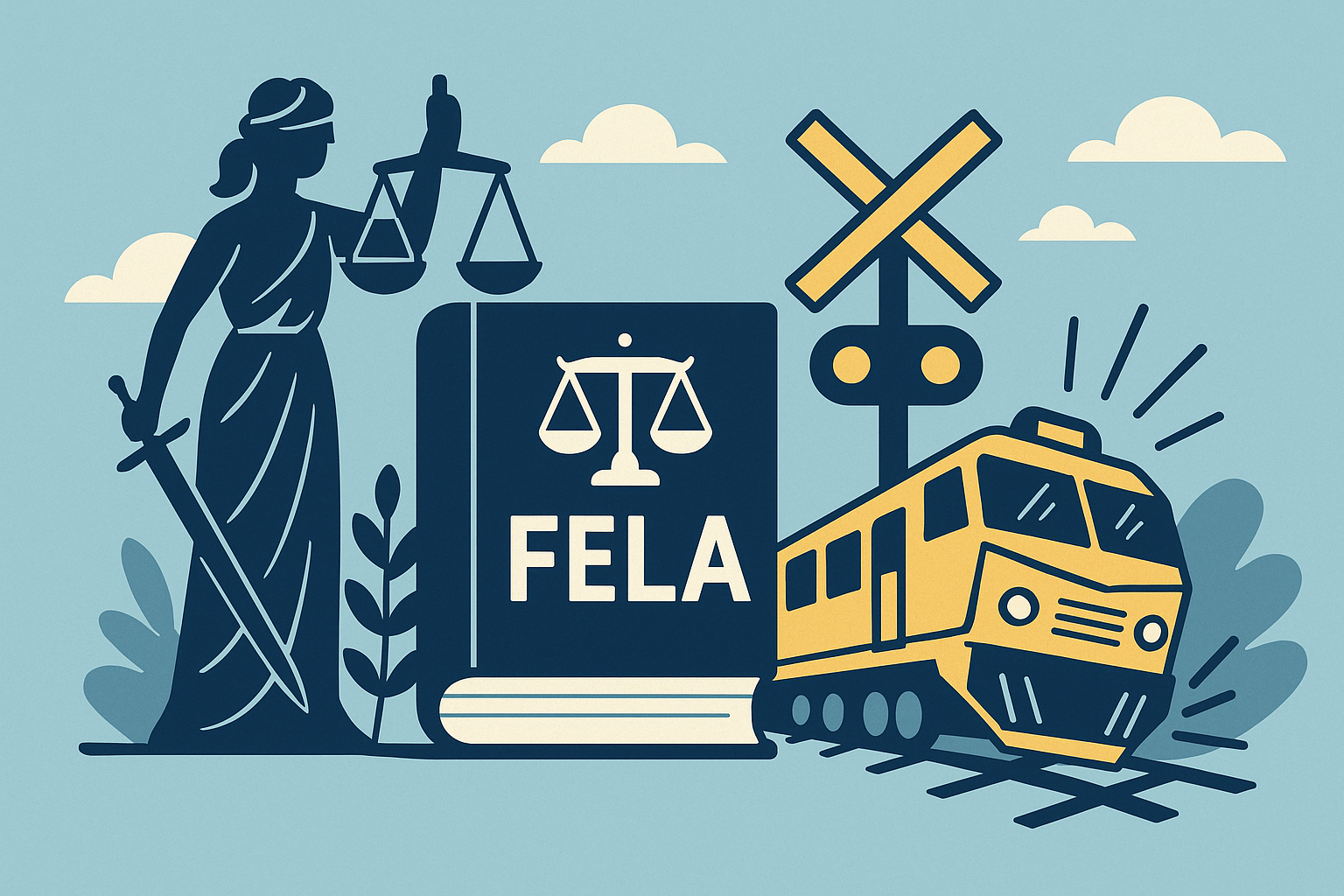Being involved in a car accident can be a jarring experience, especially when it’s not your fault. Understanding what liability insurance covers in such scenarios is crucial for protecting your rights and finances. Fortunately, if you’re not at fault, the other driver’s insurance might compensate for your damages.
In this comprehensive guide, we will explore ‘what does liability insurance cover if you’re not at fault’ and uncover the various protections it offers. Keywords like ‘car accident not at fault’ and ‘how does liability car insurance work’ are integral as we delve into the mechanics of this safety net. Let’s dive into what you need to know to ensure proper coverage and peace of mind.
What Does Liability Auto Insurance Cover?
What is Liability Coverage?
Liability coverage is an essential aspect of auto insurance that protects you from financial liability if you cause harm to others or their property during an accident. It primarily covers two types of damages: bodily injury and property damage.
Bodily injury liability covers the medical expenses, lost wages, and legal fees if you are found responsible for injuring someone else in an accident. For instance, if you collide with another vehicle and the other driver sustains injuries, this coverage helps manage the costs associated with their medical treatment and related expenses.
Property damage liability, on the other hand, covers the repair or replacement costs of the other party’s vehicle or property that you may have damaged in an accident. In non-fault accidents, understanding how liability insurance works can be crucial. If you are involved in an accident where the other driver is at fault, their liability insurance should cover your repair costs and medical expenses, relieving you from bearing the financial burden of the incident.
Interestingly, some liability insurance policies also provide coverage for uninsured motorists. This aspect becomes relevant if the at-fault party lacks sufficient insurance coverage.
Uninsured motorist coverage can help cover your expenses in such situations, further underscoring the importance of liability coverage and the peace of mind it offers to drivers.
Liability coverage is a legal requirement in most states, and it is essential to have adequate coverage limits to protect yourself from potential financial liabilities in the event of an accident. While it does not cover damages to your own vehicle, it plays a vital role in mitigating the financial consequences of causing harm to others or their property.
How Does Liability Car Insurance Work?
Liability car insurance serves as a financial safety net for drivers who cause accidents leading to bodily injuries or property damage. Its primary function is to cover the costs associated with the other party’s medical expenses, vehicle repairs, or any legal liabilities arising from the incident. For instance, if you’re found at fault in a collision, your liability coverage would pay for the necessary repairs to the other driver’s vehicle or cover their medical bills resulting from injuries sustained in the accident.
This type of insurance is essential because it shields you from potentially overwhelming out-of-pocket expenses and lawsuits that could arise from a significant accident where you’re the liable party. Liability car insurance also indirectly promotes responsible driving habits. Knowing that your policy has coverage limits can motivate you to practice safer driving techniques, reducing the likelihood of causing an accident in the first place.
In the event of a hit-and-run incident where the at-fault driver is unidentified or uninsured, having uninsured motorist coverage as part of your liability policy becomes crucial. This additional protection ensures that you’re covered for damages and injuries sustained, even when the other party is unable to provide compensation.
Coverage When You’re Not at Fault
What Does Liability Insurance Cover?
Liability car insurance is a crucial aspect of auto coverage, protecting you financially in case you’re involved in an accident where you’re at fault. Here’s what liability insurance typically covers:
- Bodily Injury Liability: This coverage pays for the medical expenses and lost income of other people injured in an accident you caused. If someone is hurt due to your actions on the road, their treatment and recovery costs may be covered by your liability policy.
- Property Damage Liability: This component covers the repair or replacement costs if you damage someone else’s vehicle or property, such as fences or buildings, during an accident. It’s essential to note that this coverage does not extend to your own vehicle, which is why collision insurance is often recommended.
- Legal Fees: In the event of a lawsuit following an accident, liability insurance can help cover the costs of legal defense, which can be particularly beneficial in complex cases where victims seek compensation beyond initial settlements.
- Uninsured/Underinsured Motorist Coverage: Some liability policies include protection for incidents involving uninsured or underinsured drivers. This coverage provides peace of mind, ensuring you’re financially protected if you’re hit by someone without adequate insurance, a scenario that could otherwise leave you in a difficult financial situation.
Liability insurance not only safeguards your assets but also fulfills your civic duty to help others who may be injured due to your actions on the road. Unlike collision insurance, which primarily covers damages to your own vehicle, liability coverage acts as a safety net for all drivers involved in an accident.
No Collision Insurance and Not at Fault Scenarios
When you don’t have collision insurance and get into an accident that’s not your fault, it can be concerning to think about covering the damages to your vehicle. If the other driver is at fault, their liability insurance should ideally cover the repair costs for your car. However, the process isn’t always straightforward. Despite being the victim in an accident where you’re not at fault, you may experience delays or denials from the at-fault driver’s insurance company, complicating the claims process. In such cases, having a Chicago car accident attorney on your side can help navigate disputes with insurance companies and ensure you’re treated fairly.
A unique aspect to consider is uninsured motorist coverage. This coverage steps in if the driver responsible for the accident lacks adequate insurance. It serves as a buffer when you’re hit by an uninsured driver, ensuring your damages are addressed. Furthermore, without collision insurance, your policy won’t cover your vehicle’s damages regardless of fault, unless you have comprehensive or other specific coverages.
For drivers without collision insurance coverage, it’s crucial to understand these dynamics. Knowing that insurance works differently when it’s not your fault offers reassurance, but emphasizing reporting the accident accurately and promptly can significantly impact the effectiveness and speed of the resolution process.
Common Questions and Misconceptions
Does Liability Insurance Cover Uninsured Motorists?
Liability insurance is a crucial aspect of automotive coverage, but it does not protect you against damages or injuries caused by uninsured motorists.
Uninsured motorist coverage is a separate and essential policy that safeguards you in such situations. If you find yourself involved in an accident where the at-fault driver lacks sufficient liability insurance or is entirely uninsured, this coverage ensures that your damages and medical expenses are taken care of.
A startling statistic reveals that as many as 12.6% of drivers in the United States operate without insurance. This figure underscores the importance of having uninsured motorist protection. Many drivers overlook this coverage, assuming that liability insurance will suffice in all scenarios. However, it is crucial to clarify this misconception, especially when considering how insurance works when you are not at fault.
Uninsured motorist coverage not only covers your medical bills but also compensates for lost wages and other related costs. This protection provides invaluable peace of mind against the unpredictability of uninsured drivers on the road. Neglecting this coverage could leave you exposed to substantial financial distress if you are involved in an accident with an uninsured or underinsured motorist.
What does liability car insurance cover if you are the victim of a hit-and-run accident or a collision with an uninsured driver? In such cases, your liability insurance alone will not provide coverage for your damages or injuries. By securing uninsured motorist coverage alongside your liability policy, you can safeguard yourself against the potential financial consequences of such unfortunate incidents.
Handling a Hit and Run Accident
Liability insurance coverage plays a crucial role when you’re involved in an accident that wasn’t your fault. It helps protect you from the financial burden of paying for damages or injuries you unintentionally caused to others. Liability coverage typically covers two main areas: bodily injury liability and property damage liability.
Bodily injury liability covers medical expenses, lost wages, and other damages if you’re found legally responsible for injuring someone else in an accident. This coverage helps pay for the other party’s medical bills, rehabilitation costs, and even legal fees if they decide to sue you.
Property damage liability, on the other hand, helps cover the costs of repairing or replacing someone else’s vehicle or property that you accidentally damaged. This can include damages to their car, a fence, or any other structures or objects involved in the accident.
It’s important to note that liability insurance doesn’t cover your own injuries or damages to your vehicle. For that, you’d need additional coverages like collision insurance, personal injury protection (PIP), or uninsured/underinsured motorist coverage.
In a hit-and-run scenario, your liability insurance may not directly come into play since you’re the victim and not the party at fault. However, if the other driver is identified and found liable, their liability coverage should help compensate you for your damages and injuries.
If the hit-and-run driver remains unidentified, your uninsured motorist coverage can step in to help cover your medical expenses, lost wages, and vehicle repairs, provided you have this optional coverage on your policy.
Ultimately, liability insurance is a critical component of any auto insurance policy, protecting you from the financial consequences of causing harm to others, even if you’re not at fault in the accident. Understanding its scope and limitations can help you make informed decisions about additional coverages that suit your needs.
Steps to Take After a No-Fault Accident
Immediate Actions Post-Accident
1. What Does Liability Coverage Cover: Liability insurance is designed to protect you financially if you’re found legally responsible for causing injury or damage to others in an accident. It covers expenses related to bodily injury, property damage, legal fees, and court costs. Understanding what does liability auto insurance cover can provide peace of mind and help you comply with state requirements.
2. Assessing the Situation: After an accident, your first priority should be ensuring everyone’s safety. Check for injuries and call emergency services if necessary. Once it’s safe, move your vehicle to a secure location, away from traffic. This prevents further damage or accidents from occurring.
3. Documenting the Scene: Gather as much evidence as possible, including photos and videos of the accident scene, damage to vehicles, and any visible injuries. Record the names, contact information, and insurance details of all parties involved. These details will be crucial when filing a claim and determining liability.
4. Reporting the Accident: Contact the local authorities to file an official report, regardless of the severity of the accident. This report serves as valuable documentation for your insurance claim, especially if you’re not at fault. Failure to report the accident could jeopardize your claim.
5. Notifying Your Insurance Provider: Promptly notify your insurance company about the
accident, even if you have liability coverage and someone else was at fault. Provide them with all the details and documentation you’ve gathered. This will initiate the claims process and ensure you receive the appropriate coverage.
6. Understanding Your Coverage: Liability insurance typically covers bodily injury and property damage caused to others if you’re found legally responsible for the accident. However, it does not cover your own injuries or vehicle repairs. If you have additional coverage like collision or uninsured motorist protection, those may apply based on the circumstances.
7. Cooperating with the Investigation: If the accident involves a hit-and-run or an uninsured motorist, cooperate fully with your insurance company’s investigation. Provide any additional information or documentation they request. This will help them determine the appropriate coverage and ensure you receive the compensation you’re entitled to.
Quick Take Aways
- What Does Liability Coverage Cover: Liability insurance protects you from financial responsibility if you’re at fault in an accident, covering bodily injury, property damage, and legal expenses.
- Immediate Safety Measures: Ensure everyone is safe, check for injuries, and call for emergency assistance if needed. Move vehicles out of the traffic path to prevent further incidents.
- Essential Documentation: Capture detailed evidence such as photos of the scene and damage, and gather contact and insurance details of all involved parties to support your claim.
- Reporting the Incident: File a police report promptly, as it acts as crucial documentation in your insurance claim, especially if you’re not at fault.
- Insurance Notification: Inform your insurer quickly about the incident, providing all gathered information to initiate your claim process efficiently.
- Coverage Understanding: Recognize that liability insurance covers others’ damages when you’re at fault but does not cover your own injuries or vehicle repair; additional coverage may be necessary.
- Cooperating with Investigations: In hit-and-run or uninsured motorist scenarios, fully cooperate with investigations to ensure all entitled compensation is properly processed.
Frequently Asked Questions
1. What situations does liability insurance cover if I’m not at fault?
Liability insurance typically covers situations where you are involved in an accident and another party is responsible. If you’re not at fault, your liability insurance may assist in legal defense costs or any potential damages claimed by the third party. However, it’s generally the at-fault individual’s liability insurance that should cover the costs of injuries and damages to you and your vehicle.
2. Will my insurance rates go up if I use my liability insurance while not at fault?
Using your liability insurance when you’re not at fault usually shouldn’t cause your insurance rates to increase. Insurance rate hikes generally occur when an accident is caused by the policyholder. However, it’s advisable to check with your insurance provider as policies can vary.
3. Does liability insurance cover passenger injuries if I’m not at fault?
While liability insurance primarily covers damages and injuries you cause to others when you’re at fault, if you’re not at fault, the other driver’s liability insurance should ideally cover any passenger injuries in your vehicle. It’s important to verify coverage with your specific insurance plan.
4. Can I claim under my own liability insurance if another driver is at fault and their insurance denies the claim?
If another driver’s insurance denies your claim, you cannot claim under your liability insurance since it covers damages for which you are responsible. You may have to look into other coverages, such as collision or uninsured motorist protection, to address the damages.
5. How does liability insurance protect my assets if I’m not at fault in an accident?
Even when not at fault, liability insurance can protect your assets by providing legal defense in cases where you are wrongfully sued. It’s crucial to understand your policy limits and ensure you’re adequately covered to prevent excessive financial risk in these rare scenarios.
Don’t Wait Until It’s Too Late—Protect Yourself After an Accident, Contact Ori Law Group Today
In conclusion, understanding liability insurance is crucial for drivers, as it not only legally safeguards you but also offers financial protection when you’re at fault in an accident. Through the discussion of how liability car insurance works, we have highlighted its role in covering the medical expenses and property damages of others, alongside legal fees ensured by your policy. Recognizing the gaps in coverage, particularly in hit-and-run cases and accidents with uninsured motorists, emphasizes the importance of comprehensive insurance that incorporates uninsured motorist coverage.
Need legal assistance? Contact Ori Law Group today at (312) 621-0000
For those who frequently commute or drive in busy city environments, the risk of encountering uninsured drivers or experiencing accidents where you’re not at fault looms large. Securing an insurance policy that addresses these concerns is not just a wise financial decision but a civic responsibility to fellow road users.
We encourage you to scrutinize your current auto insurance policy, assess your coverage levels, and consult with an insurance professional to ensure you are adequately shielded from unforeseen incidents. And if you were hurt in a crash that wasn’t your fault, don’t hesitate to reach out to a Chicago car accident lawyer who can help you recover what you’re owed. It’s a proactive step toward maintaining your peace of mind on the journey ahead.
By taking action now, you’ll be better prepared to handle the complexities of accident not at fault scenarios and navigate the aftermath of unexpected road situations with confidence. Remember, the right coverage not only protects you but also exemplifies your commitment to responsible driving and community safety.
References
[1] Insurance Information Institute. “What is covered by a basic auto insurance policy?” iii.org
[2] National Association of Insurance Commissioners. “A Consumer’s Guide to Auto Insurance.” content.naic.org
[3] Progressive. “What is liability insurance coverage?” progressive.com
[4] Allstate. “What Does Liability Car Insurance Cover?” allstate.com
[5] Nationwide. “What does liability car insurance cover?” nationwide.com


